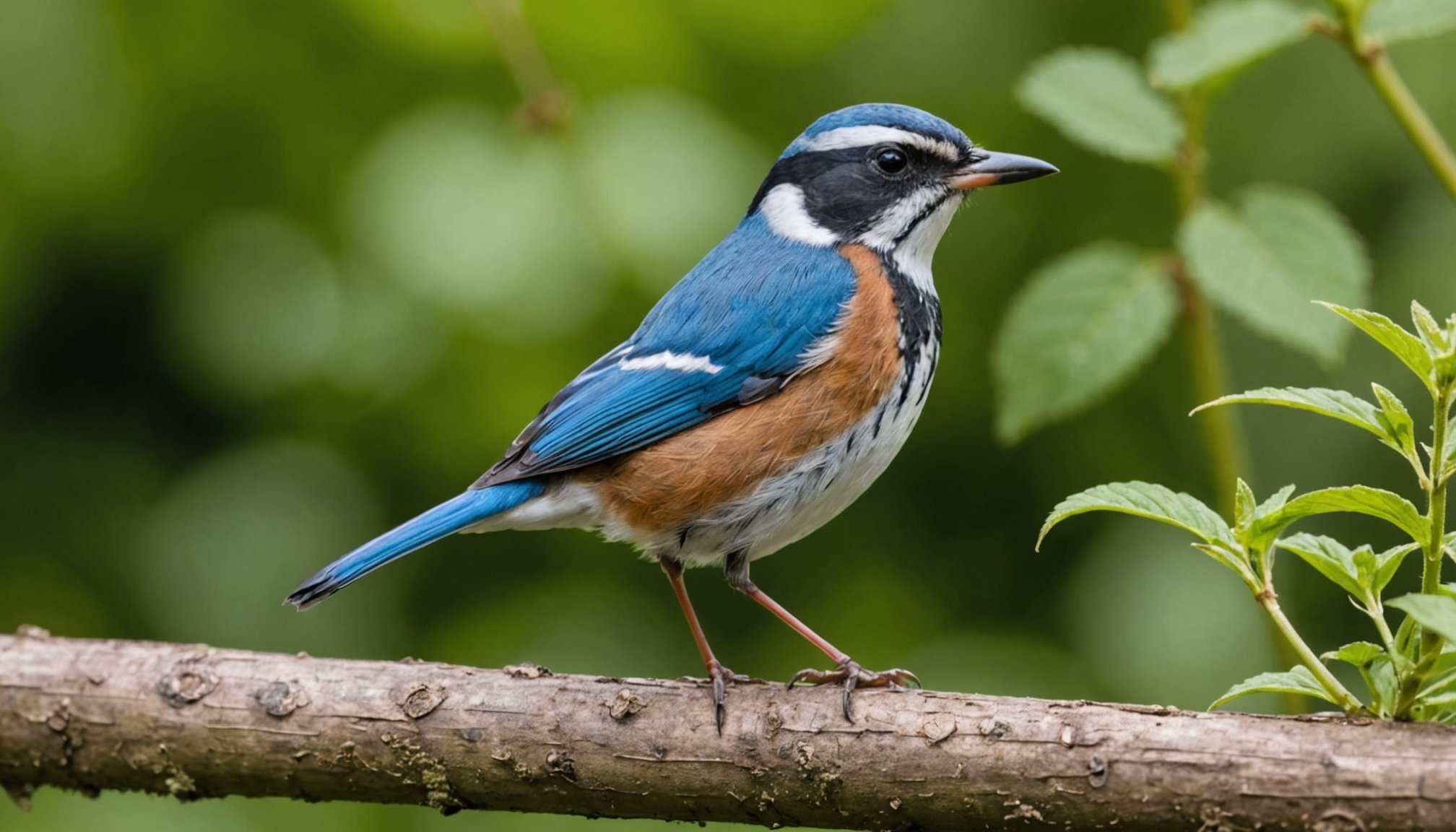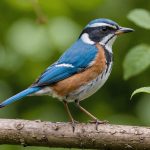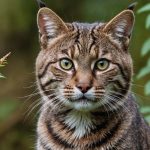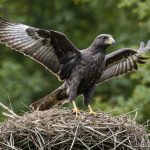Benefits of a Wildlife-Friendly Garden
Creating a wildlife garden brings a multitude of benefits that extend beyond aesthetics and into important ecological and personal realms. By attracting wildlife, you support biodiversity, providing habitats for various species. This practice is crucial for maintaining local ecosystems, especially in urban areas where natural habitats are scarce.
A garden teeming with life not only boosts ecological balance but also offers personal advantages. Observing wildlife activity can significantly enhance one’s mental well-being, fostering relaxation and a sense of connection to nature. Such gardens become tranquil retreats, offering an escape from the stresses of daily life.
A voir aussi : Uk soars ahead: innovative regulations protect nesting raptors from drone disturbances
Moreover, wildlife-rich gardens play a vital role in supporting other ecological functions. They contribute to pollination, crucial for plant reproduction and food production. By attracting pollinators such as bees and butterflies, your garden aids local agricultural efforts indirectly. Additionally, a balanced garden can help with pest control, as predatory species naturally reduce pests without the need for harmful chemicals.
In summary, a wildlife-friendly garden enriches both the environment and personal life, making it a compelling choice for garden enthusiasts aiming to make a positive ecological and emotional impact.
A découvrir également : Careful encounters: key strategies for safely engaging with seal pups on uk beaches to reduce distress
Native Flora for Wildlife
Cultivating native plants in your garden can significantly boost the local biodiversity by attracting various birds and small mammals. By incorporating these plants, you’re creating a more sustainable and wildlife-friendly environment. These plant species have evolved to thrive in local conditions, making them low maintenance and highly beneficial for your garden ecosystem.
When you plant perennials and flowering species native to the area, you provide essential habitat diversity. This helps support a range of wildlife throughout different seasons. Perennials offer year-round structure, while flowering varieties provide nectar and seeds crucial for feeding local fauna.
Choosing the right plants is pivotal for enhancing your garden’s biodiversity. Consider your garden’s sunlight, soil type, and water availability. Select plants that naturally suit these conditions to ensure they flourish with minimal intervention.
Some popular native options include wildflowers like coneflowers or black-eyed Susans, which are particularly attractive to pollinators. Adding berry-producing shrubs such as elderberry can further draw in a variety of birds and small mammals. By making thoughtful plant selections, your garden becomes a vibrant, dynamic space teeming with life.
Creating Food Sources
Providing food sources for wildlife is essential to support local ecosystems. Installing bird feeders can attract a variety of bird species to your garden, offering both natural beauty and an opportunity for study. Choices range from simple tray feeders to hanging tube feeders, each catering to different species’ preferences.
In addition to bird feeders, consider using garden feeding stations to accommodate small mammals and insects. Planting native species like sunflowers or berry-producing bushes can provide natural food sources without the need for frequent replenish. This encourages self-sustaining wildlife-friendly environments, reducing dependency on artificial feeders.
When choosing seeds, opt for black oil sunflower seeds, which are popular with many bird species due to their high-fat content. For seasonal adaptation, extend feeding options with suet cakes in winter and fruit slices in summer to meet varied dietary needs. Year-round feeding supports wildlife during challenging periods, such as winter or migration.
Balancing artificial and natural food sources ensures wildlife receives ample nutrition throughout the year while maintaining natural behavioral patterns. Promoting these sustainable practices allows wildlife to thrive, enriching their natural habitats and providing endless joy to those who watch them.
Providing Water
Ensuring water availability is vital for maintaining wildlife health and preserving their natural habitats. A readily accessible water source supports a variety of species by fulfilling their hydration needs. This is especially important in urban areas where natural wildlife water sources may be scarce.
To aid in hydration for wildlife, consider creating bird baths and small ponds. These can serve as functional and decorative elements in your garden. A well-placed bird bath not only attracts birds but also supports other creatures in need of water. When crafting these water sources, it’s crucial to regularly maintain them, ensuring they remain clean and safe for animals.
Here are a few tips for keeping these water sources in optimal condition:
- Refresh the water regularly to prevent stagnation and bacteria growth.
- Use a solar fountain to keep the water moving, which helps deter mosquitoes.
- Ensure your bird bath or pond is shallow and includes some stones or branches for smaller animals to easily access the water.
By incorporating these simple solutions, you can make a significant impact on local wildlife sustainability and contribute to a healthier ecosystem.
Building Shelters and Nesting Sites
Creating spaces like wildlife shelters and nesting boxes is essential for supporting local ecosystems. Different species require unique types of shelters to thrive. For instance, habitats for small mammals often include enclosed spaces where these creatures can hide and stay safe from predators.
Building effective nesting boxes begins with selecting materials suitable for weather conditions and the species you aim to support. Use untreated wood, as it provides natural insulation and avoids harming the inhabitants. Constructing nesting boxes involves a few straightforward steps: cut the wood to fit the chosen dimensions, assemble the box with screws or nails, and ensure that there are small entrance holes tailored for the intended species.
Natural elements, such as fallen leaves and plant debris, play a crucial role in creating habitats for small mammals. These elements offer excellent camouflage and warmth. Encourage the growth of native plants to further support a natural refuge, allowing wildlife to establish their homes organically. By understanding and catering to the specific needs of various species, we can significantly enhance their living conditions and promote biodiversity.
Maintaining a Safe Environment
Ensuring a safe environment in your garden is crucial for both humans and wildlife. One effective strategy for protecting wildlife involves reducing the use of hazardous pesticides and chemicals. Opt for organic alternatives or biological pest control methods to minimize risks.
Another significant measure is keeping pets under control. Unchecked pets, especially cats and dogs, can pose a threat to local wildlife. Implement structures, such as designated pet areas, to manage their movement and reduce potential disturbances.
Designing your garden with safety in mind not only benefits wildlife but also creates safe gardens for animals and human visitors. Ensure pathways are clear, avoid sharp plant varieties near walking routes, and incorporate non-toxic plants to prevent incidents. Minimizing hazards like slippery surfaces with anti-slip coatings and proper lighting enhances safety.
By considering these elements, your garden can become a sanctuary, fostering a safe and welcoming habitat for all. Prioritizing these strategies showcases a commitment to environmental stewardship and enhances the biodiversity of the space.
Essential Tips for Garden Maintenance
Creating and maintaining a wildlife-friendly garden requires attention to various seasonal tasks. These tasks are pivotal in ensuring both the health and diversity of native plants, which form the backbone of eco-friendly gardening. In spring, consider planting native species to support local wildlife; their growing season aligns with the needs of your garden’s visitors.
Ongoing support for wildlife involves more than just plant selection. Regularly checking for pests, refreshing mulch layers, and pruning plants can all help maintain a vibrant ecosystem. In autumn, adjust your garden management practices by leaving seed heads and leaf litter, as they provide essential nourishment and shelter for wildlife throughout the colder months.
To effectively support your wildlife visitors year-round, consider water features like birdbaths which need to be cleaned frequently to prevent disease. A seasonal rotation of native flowers will also ensure a steady supply of nectar for pollinators like bees and butterflies.
By implementing these strategies, you can support both the local environment and the diverse range of species that depend on it, making your garden a sanctuary throughout the year.











